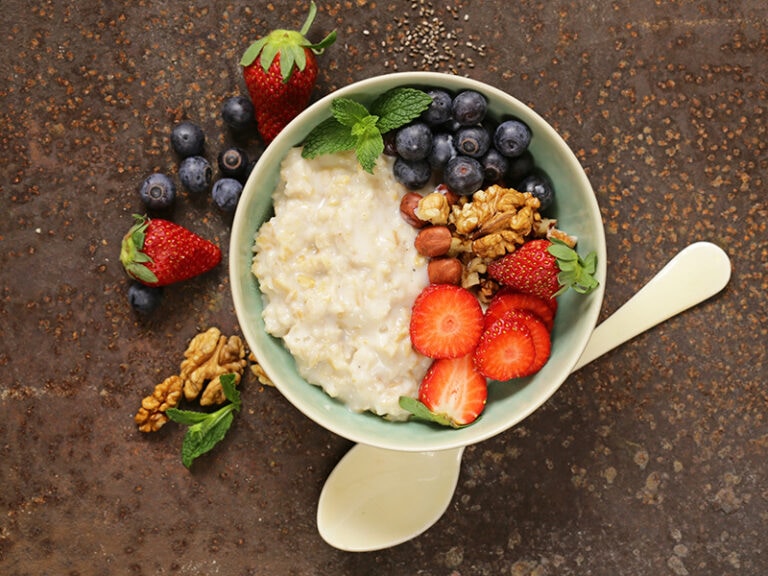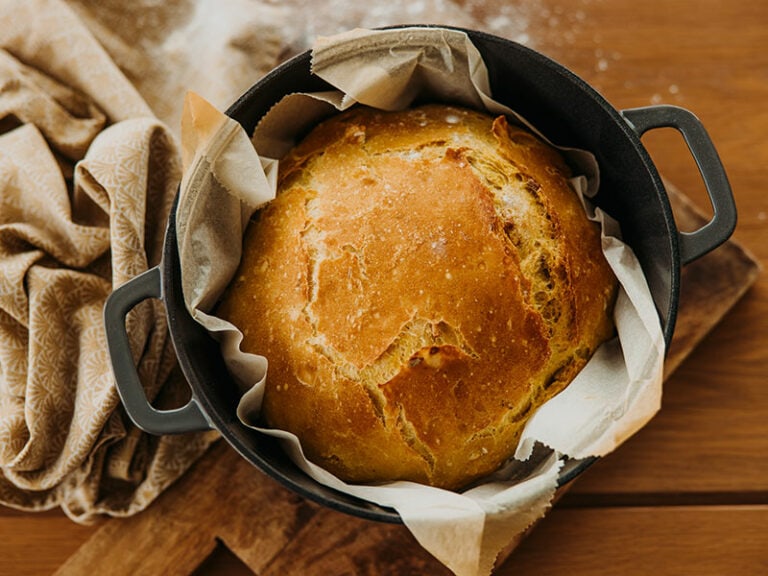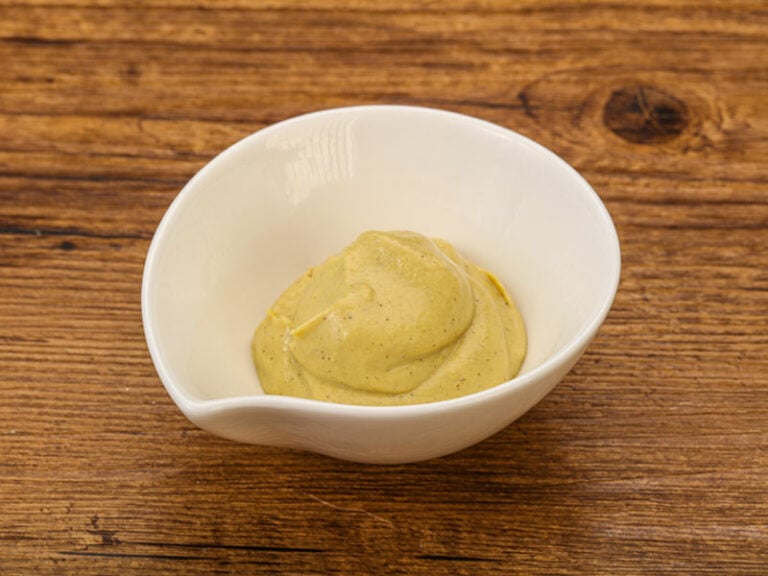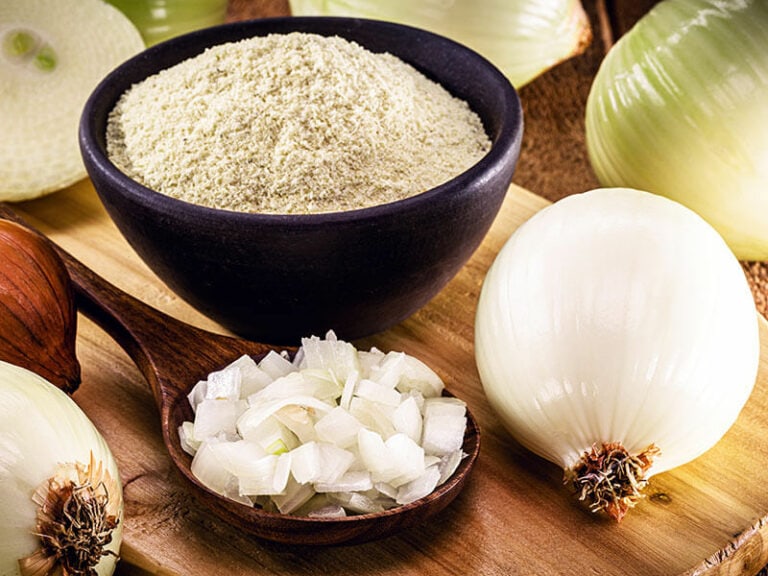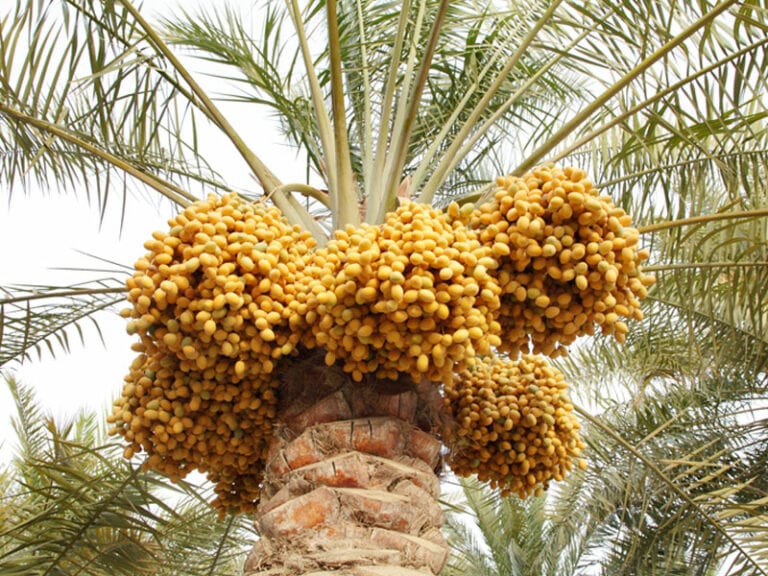What are the differences between rice flour and glutinous rice flour? Aren’t they both made from rice? Well, yes, but actually no. While it’s true that rice flour and glutinous rice flour come from rice, they aren’t really the same thing.
If you want to learn about the things that set these two types of flour apart, you’ve come to the right place. In addition, I’ll also include several excellent substitutes for rice flour and glutinous rice flour, along with some tasty recipes that you can make with them.
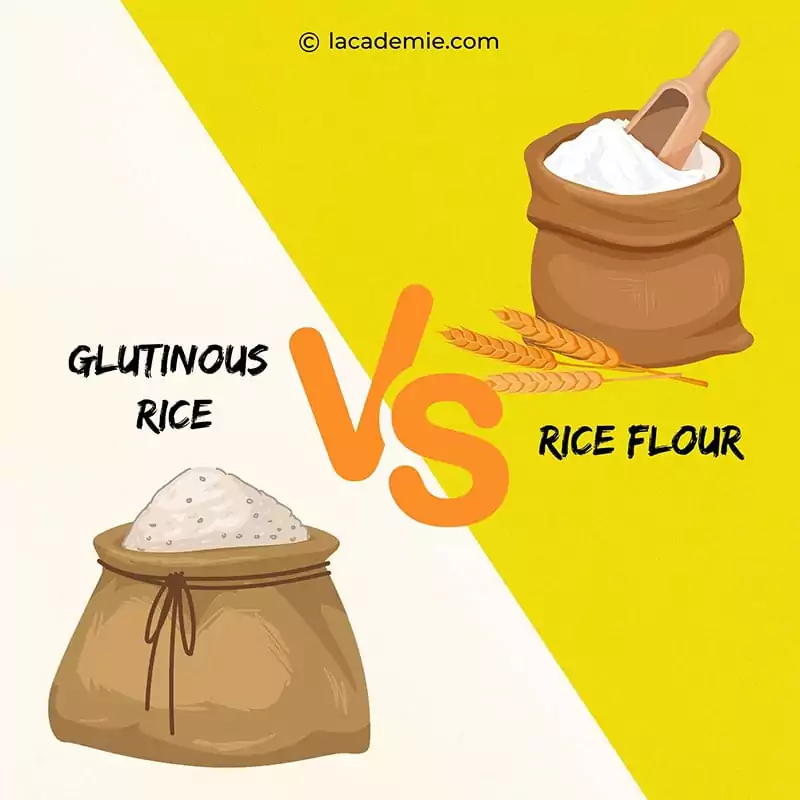
Rice Flour And Glutinous Rice Flour – Key Differences
Rice flour and glutinous rice flour are two extremely well-known cooking ingredients, especially in Asian cuisine. As their names imply, they are made from rice grains, but apart from that, they are different in many aspects.
Here’s a quick summarization of rice flour and glutinous rice flour’s key characteristics.
Rice Flour 101 – Basic Information About Rice Flour
Rice flour is a kind of fine flour made by milling the kernels of medium to long-grain, non-glutinous white rice or brown rice. Since rice flour is free of gluten, it is the ideal choice for gluten-free cooking and will add a stretchy, cake-like texture to many dishes.
If “is flour suitable for a vegan diet?” is your concern, rest assured that you can freely use rice flour in your recipes.
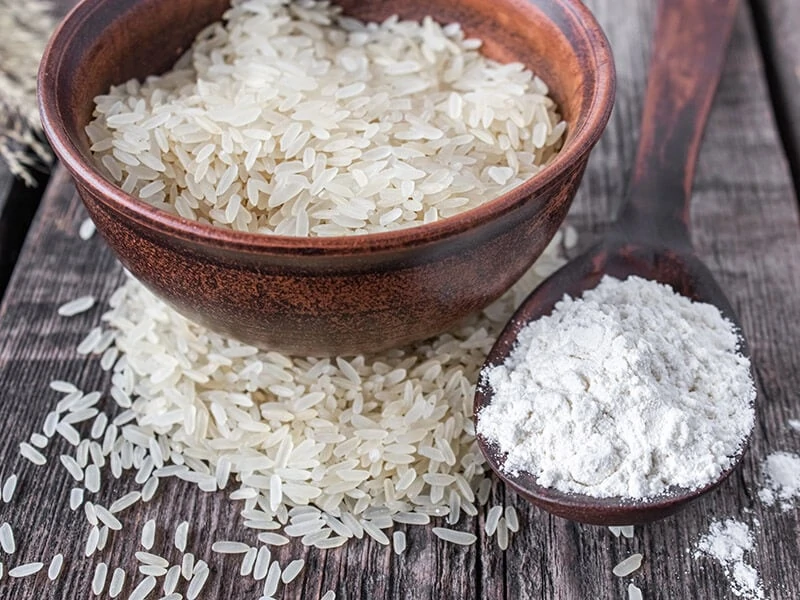
You can make use of the flour’s elasticity in baked goods, make frying batters out of it, or use it as a thickener. Rice flour is also commonly featured in Asian cuisine and is also served as authentic Asian accompanying foods. If you ever try out Asian dishes, you’ll come across rice everywhere.
There are two main types of rice flour: white rice flour and brown rice flour; each has its own unique traits.
White Rice Flour
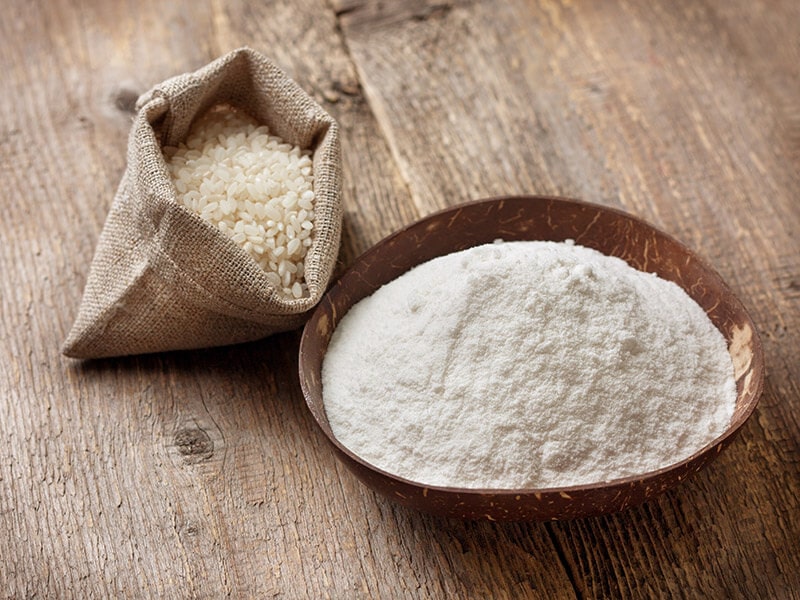
White rice flour can be made from several rice varieties. Common cultivars used in making white rice flour include indica, japonica, sinandomeng, dinorado, and angelica. The rice is stripped of its bran before grinding, resulting in a smooth and light texture. (1)
This flour is paperwhite in color, hence the name, and has a very mild, almost tasteless flavor. In cooking, white rice flour is best used for making light batters and is an excellent alternative for wheat flour in gluten-free baking recipes.
In addition, it is the core ingredient of rice cakes and various Asian noodles. You can also use white rice flour as a thickener in soups or stews, though its thickening effect is not as strong as brown rice flour.
Making white rice flour at home will be a breeze after this detailed tutorial.
Brown Rice Flour
As the name implies, brown rice flour is made by grinding whole grain brown rice with the bran remaining intact. As a result, this flour comes in a creamy white color and has a denser texture than white rice flour.
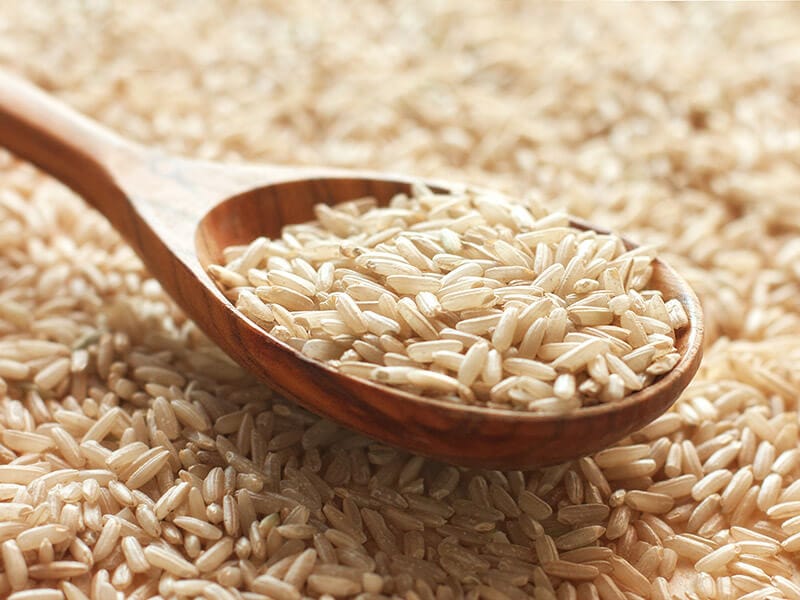
Unlike its white rice cousin, which is practically tasteless, brown rice flour has a slightly sweet and nutty flavor that lends itself well to sweet baked goods. It’s also considered superior to white rice flour when it comes to thickening stews, soups, sauces, or gravies.
Many people also prefer brown rice flour over the white rice variety when frying foods as it contains more nutrients (2). However, it is also quicker to spoil than white rice flour and requires more liquid to reach the ideal consistency for cooking due to its heavier texture.
To balance out the dense texture of brown rice flour, you can mix it with lighter flour types like white rice flour and tapioca flour.
A quick and simple guide on how to make homemade brown rice flour.
What Is Glutinous Rice Flour?
Glutinous rice flour (also called sweet rice flour) is the result of milling cooked and dehydrated short or long-grain glutinous rice kernels. Thanks to its high waxy starch molecules content, glutinous rice flour will become moist, sticky, and firm when cooked.
Japanese mochigome, Korean chapssal, Vietnamese gao nep, and Filipino malagkit are some popular sticky rice varieties used in making glutinous rice flour.
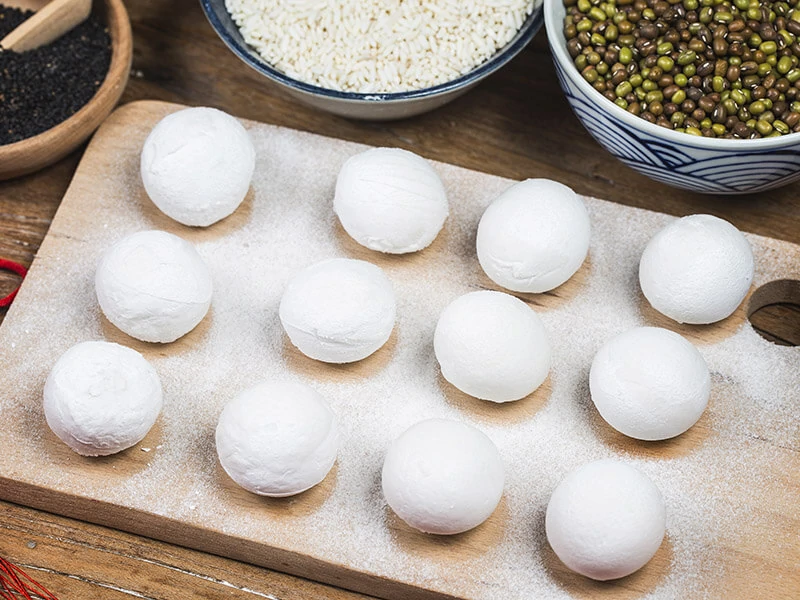
Contrary to what people might think, glutinous rice flour is neither sweet nor contains gluten. Rather, it has a neutral flavor similar to that of white rice flour.
The unique chewy texture of cooked sweet rice flour is the heart and soul of many decadent desserts from Asia like mochi, dango, boba pearls, and palitaw. It is also utilized in making dumplings and is perfect for thickening gravies and sauces, even more so than brown rice flour.
Rice Flour Vs. Glutinous Rice Flour
Now that you’ve known the definition of rice flour and glutinous rice flour, let’s get to the things that set them apart. While these two ingredients do share some similarities, they also have their own distinct traits.
Similarity Between Rice Flour And Glutinous Rice Flour
The first similarity you’ll notice between rice flour and glutinous rice flour is their texture when uncooked. Both are finely ground flour with powder-like consistency. They also share the same solid white color (except for brown rice flour).
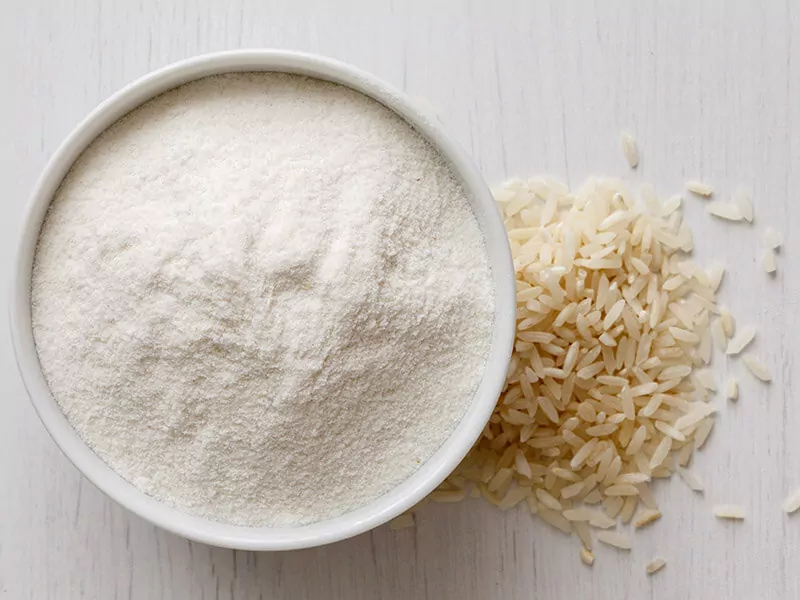
As mentioned above, glutinous rice flour and white rice flour are both neutral in taste. There’s also no real difference in their weight ratio. 1 cup of either rice flour or sweet rice flour weighs about 4.6 ounces.
Rice flour and glutinous rice flour work exceptionally well as a thickening agent. Keep in mind that you’ll have to cook them thoroughly before consuming them. Lastly, you can safely use rice flour and glutinous rice flour in a gluten-free diet as they contain no gluten.
Things That Set Rice Flour Apart From Glutinous Rice Flour
Although rice flour and glutinous rice might look and taste somewhat the same, their similarities end there. Here are the things that make each ingredient unique.
Differences In Rice Cultivar
The most obvious dissimilarity between these two ingredients is the rice cultivars from which they’re made. While rice flour comes from medium or long-grain non-glutinous rice, sweet rice flour is made by grinding short or long-grain sticky rice.
Differences In Texture
Due to the difference in rice varieties, glutinous rice flour is chewier than rice flour when cooked. Therefore, it is much more commonly used to make desserts, while the cake-like texture of cooked rice flour is better for baking and frying recipes.
Difference In Nutritional Value
Moreover, rice flour and glutinous rice flour also differ in nutritional value. Check out this comparison table for more details.
Although they have almost the same amount of calories and carbs, white rice flour is richer than glutinous rice flour in fiber, calcium, iron, and potassium. At the same time, glutinous rice flour is a bit higher in protein.
Differences In Cooking Substitutes
When mixed together with potato starch or tapioca flour, rice flour can replace wheat flour in various cake and bread recipes. The addition of potato or tapioca starch helps improve the consistency of the dough’s texture and make it softer.
On the other hand, glutinous flour is a close alternative to potato starch and tapioca flour or pearls. However, the result may vary as sweet rice flour is a bit behind these ingredients in terms of consistency.
Since the main differences between rice flour and glutinous rice flour lie in their consistency, it’s not the best idea to use one in place of another (unless the recipe says so). Don’t miss out on the next section if you want to know what you should use instead!
Perfect Alternatives For Regular And Glutinous Rice Flour
Run out of rice flour or glutinous rice flour when the recipe calls for it? Worry not because you can substitute these two with several other ingredients. Here are 5 suitable alternatives for rice flour and glutinous rice flour.
Potato Starch
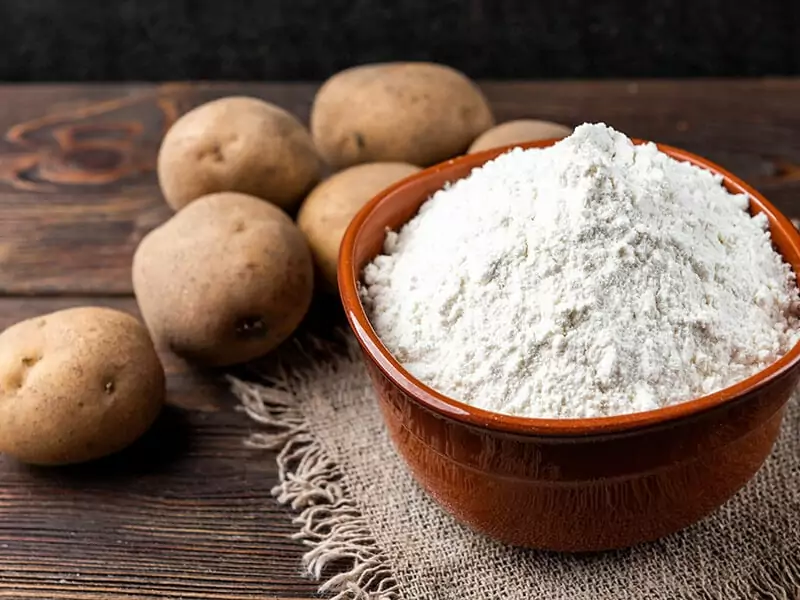
Potato starch is a suitable replacement for both rice flour and glutinous rice flour. The starch has next to no flavor and is an excellent choice for baking, frying, and thickening. While it’s not perfect, potato starch can mimic glutinous rice flour’s chewy consistency quite well.
In cooking, you can replace glutinous rice flour and rice flour with potato starch in a 1 to 1 ratio. For thickening, 2 tablespoons of potato starch are enough to thicken 1 cup of liquid.
You can also make fresh noodles with potato starch! Let’s see this video to know more:
Tapioca Flour
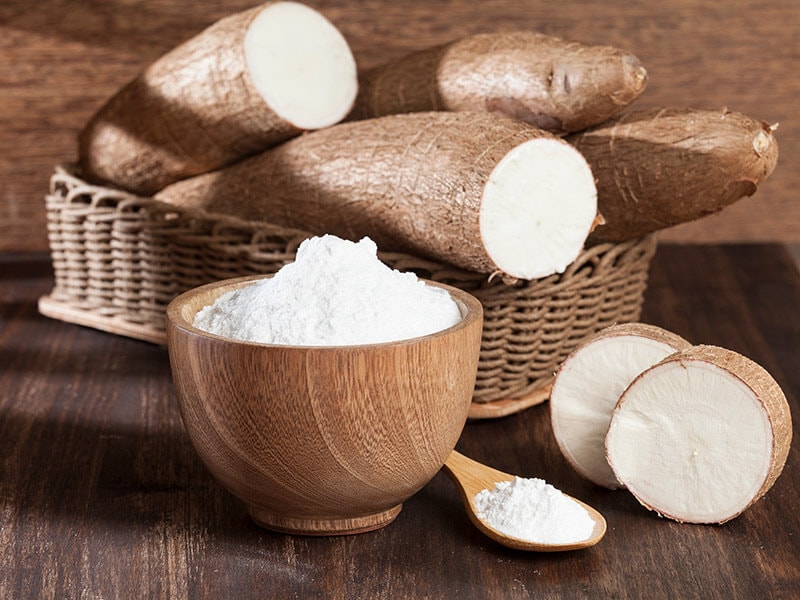
Tapioca flour shines as a thickening agent and works exceptionally well in baked recipes.
It has a subtle sweet taste that is perfect for replacing rice flour, but you might want to add a bit of sugar when using it as a glutinous rice flour alternative.
Although you can use it in place of either rice flour or glutinous rice flour, the conversion ratio is a bit different.
To replace 1 cup of rice flour, you’ll need 2 cups of tapioca flour, while in the case of glutinous rice flour, you can use the same amount that your recipe calls for.
Sorghum Flour
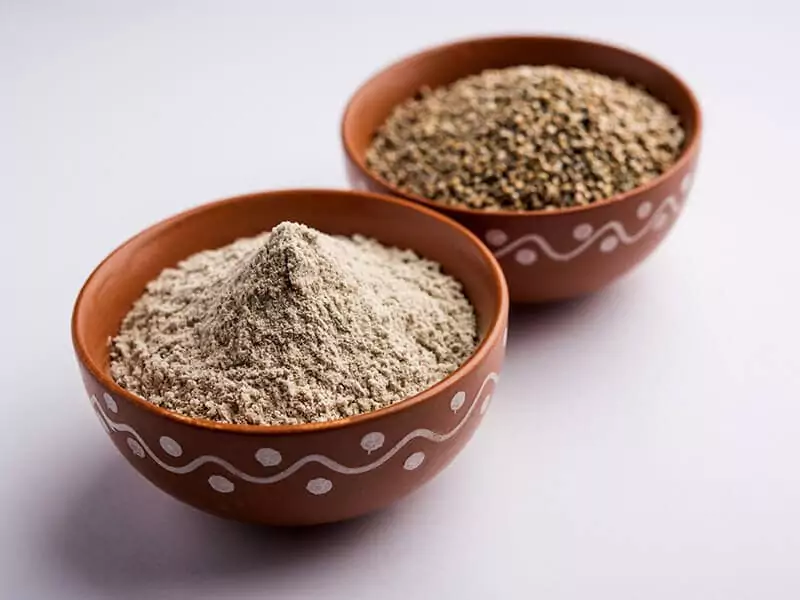
Sorghum flour is a gluten-free and nutritious 1 to 1 alternative to the rice flour and its glutinous cousin. It’s best used in baking recipes, especially in making bread, as it can make the dough rise easily.
Although the 1 to 1 conversion ratio works most of the time, you might need to add a bit more sorghum flour when using it to replace glutinous rice flour. Depending on the recipe, adding more liquid is also a good option to achieve the right consistency.
Almond Flour
Almond flour is known for its high nutritional value and versatility. It is an amazing stand-in for brown rice flour, white rice flour, and glutinous rice flour. The flour comes with a subtle nutty flavor that many people love.
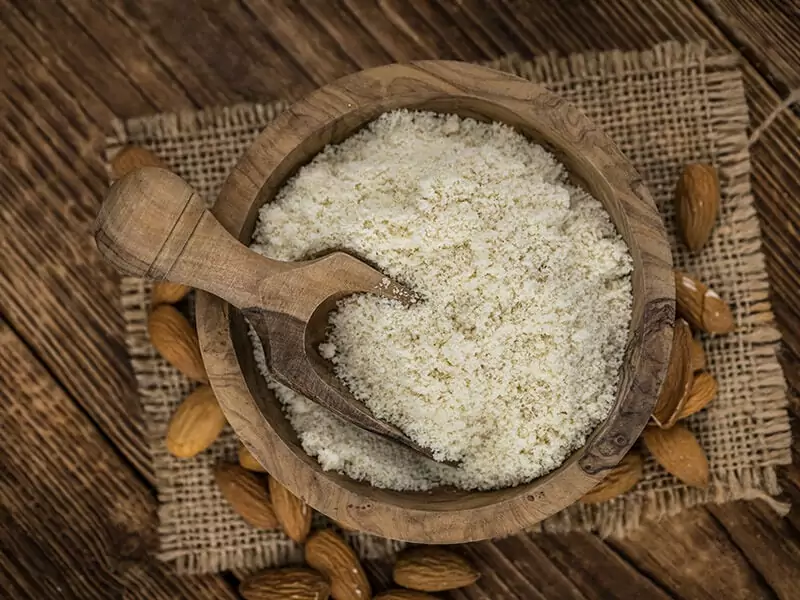
To make the best out of almond flour, you should use it in baking, where its nuttiness complements other sweet ingredients like chocolate and vanilla. While you can use almond flour for coating fried foods, keep in mind that it tends to burn quickly.
1 cup of high-tier almond flour is enough to replace 1 cup of rice flour. For glutinous rice flour, add half a cup more.
Cornstarch
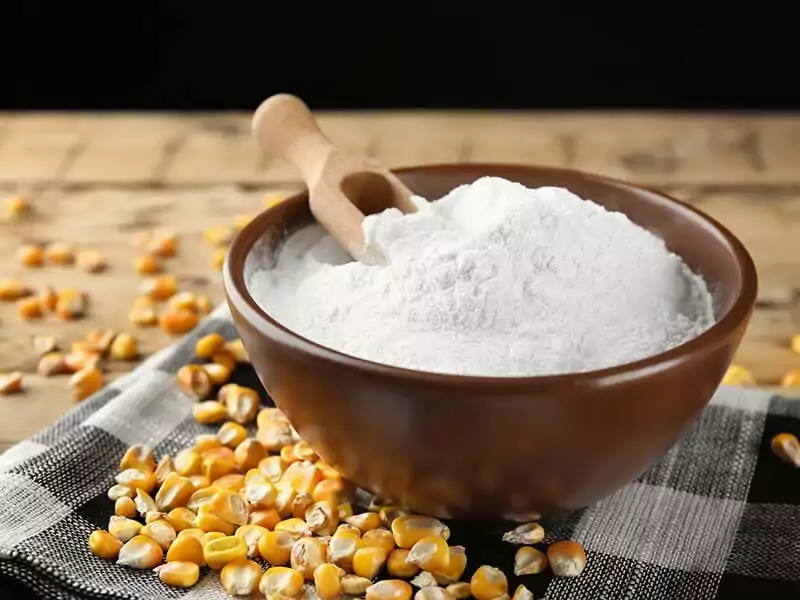
Cornstarch is one of the best choices when it comes to thickening agents. If you frequently use your flour as a thickener, cornstarch will make for a fantastic 1 to 1 substitute. You can also utilize this ingredient in frying recipes.
Though cornstarch is not the go-to option for most people when making baked goods, it’s good enough to use in a pinch.
The Most Popular Brands Of Rice Flour And Glutinous Rice Flour
If you’re shopping for rice flour or sweet rice flour, Erawan (also referred to as the “elephant” brand) is among the most well-known brands in the States. The company offers both regular white rice flour (red packaging) and glutinous rice flour (green packaging).
Another brand you can trust is Bob’s Red Mill. Like Erawan, it also sells rice flour and sweet rice flour. Compared to Erawan, Bob’s Red Mill’s products are more widely available. You can find them at most grocery stores.
For mochiko (Japanese sweet rice flour used to make mochi), you can opt for Koda Farms’ Blue Star Mochiko Sweet Rice Flour.
Rice Flour Recipes You Have To Try
There are plenty of delicious recipes to make with rice flour. If you want to know why this ingredient is so popular, give these recipes a shot!
Rice Flour Muffins
Muffin is a classic breakfast treat that many people love. By replacing regular flour with rice flour, you can enjoy this tasty dish even if you’re gluten-sensitive. There are also many flavors of muffin to choose from, so feel free to make your pick!
Banh Xeo (Vietnamese Crepes)
If you’re a fan of authentic Vietnamese dishes, you must have heard of this dish before. “Banh xeo” is roughly translated to “Sound crepes”, which describes the sound that the batter makes during cooking. To fully enjoy Banh xeo, don’t forget to serve it with herbs and fish sauce.
Fresh Gluten-Free Pasta
In addition to being an essential ingredient of many Asian noodles, rice flour is also an excellent choice for making gluten-free pasta. If you’ve been using store-bought pasta, why don’t you give this homemade recipe a try!
Gluten-free pasta is easier to make than you think!
Glutinous Rice Flour Recipes To Switch Up Your Desserts
Glutinous rice flour is a common ingredient of many Asian sweet treats. If you’re tired of the same old dessert, these glutinous rice flour recipes will help you switch things up!
Mochi Ice Cream
Mochi ice cream is the perfect hybrid of mochi – a Japanese traditional dessert and sweet, refreshing ice cream. Although the description might sound a bit complicated, making this dish is actually quite simple.
Sesame Balls
Fried sesame ball is a popular Chinese dessert traditionally served during Lunar New Year. These yummy rice balls are so irresistibly crispy and sweet that you won’t be able to stop eating them!
Royal Bibingka (Filipino Coconut Rice Cake)
Think of royal bibingka as an upgraded version of bibingka – Filipino native coconut rice cake. It has a chewy texture and an addicting flavor that’s a blend of coconut, sugar, and cheese.
You can see this video to know more:
FAQs
Rice flour versus glutinous rice flour is an interesting topic, so it’s no surprise that there are many questions regarding these two ingredients. I’ve rounded up some commonly asked ones in case you’re interested.
Don’t Mistake Rice Flour For Glutinous Rice Flour
Rice flour and glutinous rice flour are two different ingredients with their unique texture and use. For this reason, you should not confuse one for the other as doing so means trouble for your dish.
I hope that this article has helped you differentiate rice flour from its glutinous counterpart. If you still have any more questions, feel free to leave a comment. If you want to support the page, please like and share this post.
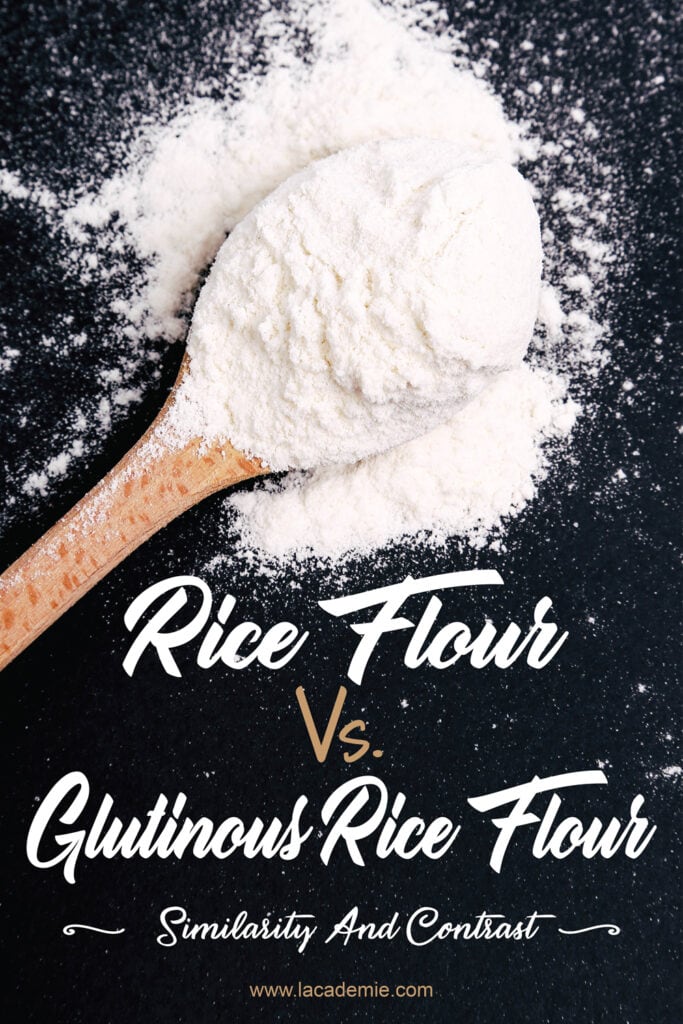
References
- Contributors to Wikimedia projects, (2007). Rice flour – Wikipedia.
- Brown Vs. White Rice — Which Is Better for Your Health?.
- Rice flour, unenriched, white nutrition facts, and analysis.
- Glutinous rice flour by ERAWAN nutrition facts and analysis.

